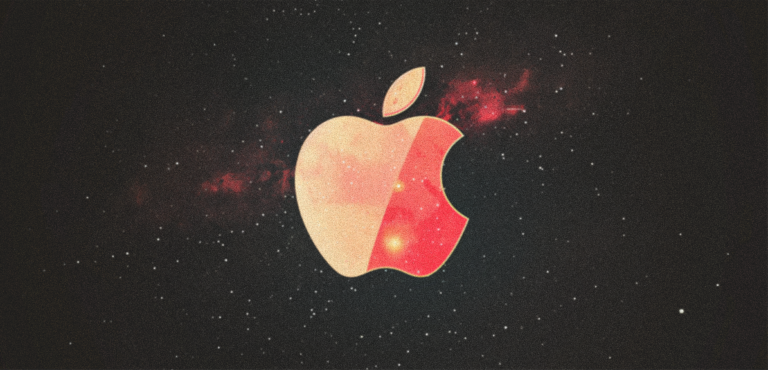Article

The Ripple Effect of Apple’s Move from Products to Services
Apple announced a $100 billion stock buyback in early May, the largest in the company’s history. Despite a 10% decline in iPhone sales, this buyback indicates Apple’s confidence towards growth in its consumer services arm. Recently, Apple’s growth has slowed as it shifted its focus from products like iPhones and Mac computers to online services such as Apple TV and Apple Pay. This strategic move raises important questions about the company’s long-term focus and financial health.
Below, we’ll explore Apple’s shift from tech hardware to consumer services and discuss what Apple’s buyback means for organizations shifting their focus away from product.
Apple’s 2024 Q2 Earnings
However, in recent years, this tech giant has shifted its focus from products to consumer services. In 2015, Apple introduced Apple Music, which quickly snowballed into a plethora of other services in 2019, including Apple Fitness+, Apple Podcasts, Apple TV+, Apple News+, and Apple Pay, amongst others.
This shift from focusing on tech products to selling ongoing subscriptions people can use on their smart devices proved to be a successful move. Revenue from Apple’s online consumer services quickly grew and accounted for over 26% of the company’s revenue in the second quarter of Apple’s 2024 fiscal year.
iPhone sales were down 10% year-over-year in Q2 2024, showing signs of weakness in a product that has historically made up the largest part of Apple’s revenue. This poor product performance was the primary reason Apple’s revenue decreased 4% from last year. Nevertheless, the company exceeded analysts’ expectations, partly due to the success of its consumer services. The division generated $23.9 billion in revenue, increasing its revenue by 14% from last year’s Q2. Financial experts highlight that Apple’s services offset the decline in iPhone sales, indicating that investment in these areas has paid off for the company.
Apple CEO Tim Cook emphasized the importance of the services division, saying, “Our services business continues to be a key driver of our success, as we focus on delivering innovation and engaging experiences to our customers.”
Apple’s Stock Buyback
This latest stock buyback is nothing new for Apple. In 2018, the company initiated a $100 billion buyback, followed by five other buybacks in the preceding years. Stock buybacks not only improve financial metrics and enhance shareholder value, but they also signal confidence in the company’s future. When a company buys back its own shares, it can signal to the market that the organization believes the stock is undervalued.
Despite a decline in iPhone sales, Apple’s willingness to invest heavily in buybacks indicates that it views its diversification into services as a sustainable and profitable direction. This move may suggest that Apple is confident in the long-term revenue potential of its services division, which has already shown significant growth and helped offset declines in hardware sales.
What Does This Mean for Organizations Shifting Away From Product?
Apple’s continued success and investment in digital services emphasize the importance of diversifying a company’s revenue streams. Tech companies interested in shifting their focus from products to services can learn the following from Apple.
Diversify Your Offerings
Historically, Apple’s revenue has relied heavily on product sales. While products like the iPhone have been incredibly successful, they have a limited revenue potential compared to the continually expanding digital services market. Deviating from product to focus on consumer services safeguards Apple against potential hardships in the hardware market and diversifies its revenue streams. This strategy helps ensure the company’s long-term growth and resilience.
Continue to Innovate
Too many companies stick with what initially brought them success and eventually fail because they didn’t evolve with their customers’ wants and needs. In 2007, Apple launched the iPhone, which was an immediate success. They could have focused solely on this product that generated their company billions of dollars, but instead, they continued innovating.
In 2016, the company experienced its first ever decline in sales. Apple realized the market was fundamentally changing, so it evolved to better cater to its users’ needs. In 2017, Apple’s CEO Tim Cook vowed to double Apple’s Services revenue within four years. These services made their products more useful for customers, allowing them to better satisfy their customers’ wants and needs.
Key Takeaways
While Apple will likely continue to rule as a key player in the tech product space, its evolution into consumer services is bringing it success. Organizations interested in shifting from product to other offerings can view Apple as a case study for this strategy’s effectiveness.